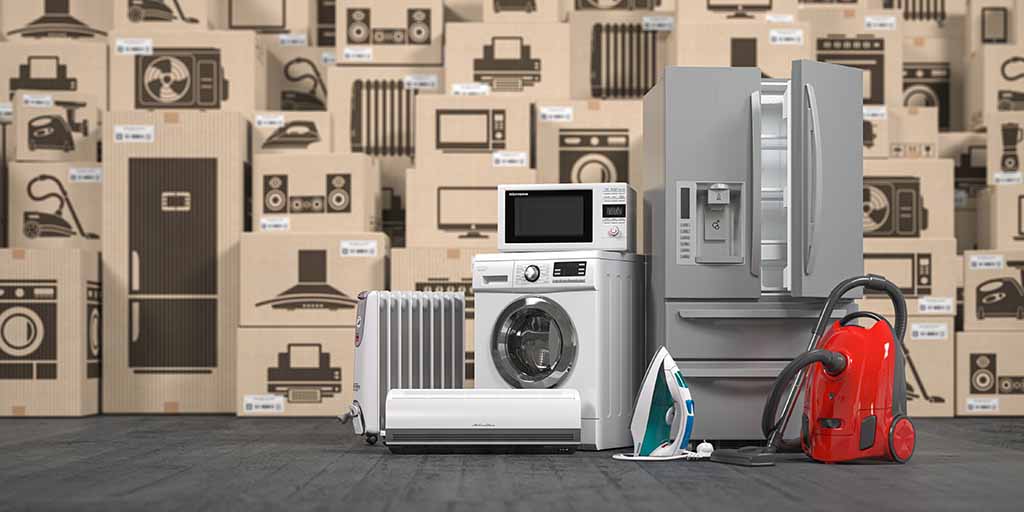Furthering Australian consumers’ right to repair
8 December 2021

In Australia, and around the world, there are growing concerns that repairs of consumer products are becoming ever more difficult and impractical to undertake or access. These products include everything from smart phones through to washing machines and cars.
One reason is the increasingly complex nature of consumer goods, driven by the growth in tech-enabled and web-connected products with embedded software that is essential for them to work.
In addition, there are concerns about product lifespans shortening, driven in part by consumers seeking newer and better products due to rapid technological innovation and productivity gains in the manufacture of new products. Concerns are also expressed about product design and the proliferation of electronic waste (e-waste).
There have been calls across the globe for governments to step in and make changes to support consumers’ ‘right to repair’ particularly in the United States and the European Union.
In our recent inquiry, the Productivity Commission considered these issues by asking whether consumers could get their goods repaired at a competitive price by the repairer of their choice.
We found that, while there were unnecessary barriers to making this choice, no one policy would provide a solution. We suggested a package of reforms, spanning consumer law, competition policy, intellectual property protections, e-waste management and the provision of information to consumers on durability and repairability.
Consumers have automatic protections under our consumer laws such as the consumer guarantees about the quality of a product, its durability and the availability of spare parts. If the product fails to meet these guarantees, the purchaser can seek a repair, refund or replacement
But a gap has emerged over the past decade. An increasing number of software-embedded products have come to market, but it’s unclear what consumer protections exist for software updates. This could mean that an otherwise long-lived product could become ‘bricked’ if the software support is withdrawn.
We recommended a new consumer guarantee about when and what software updates will be provided. This will help ensure that software updates critical to maintaining a product’s quality (including functionality, security and safety) are made available to consumers.
Many products also come with a voluntary time‑limited manufacturer warranty, alongside the mandatory consumer guarantees. We found that greater clarity was needed, as many consumers are unaware that the guarantees cannot be displaced, and that they do not lose their rights simply because they use a non-authorised repairer or part.
Manufacturer warranties could be required to clearly state that entitlements to a remedy under the consumer guarantees do not require consumers to have previously used authorised repair services or spare parts.
Each year, the Australian Competition and Consumer Commission (ACCC) and state and territory regulators receive thousands of complaints about consumer guarantee issues. But consumers can find it difficult to exercise their rights — particularly for higher‑value products such as cars, electronics and white goods. We have suggested several ways it could be made easier.
First, designated consumer groups could be empowered to lodge ‘super complaints’ with the ACCC — as has been the case in the United Kingdom for almost two decades. The complaint would be fast tracked and the ACCC would be required to respond within a set time, such as 90 days.
Second, we could have better dispute resolution options for consumers which don’t involve courts. State and Territory Governments could enhance their enforceable alternative dispute resolution mechanisms.
Finally, the ACCC’s enforcement powers could be expanded to include the power to fine manufacturers and suppliers who don’t provide a repair, refund or replacement when they are required to do so. The threat of such a ‘stick’ would likely improve consumer experiences and outcomes when disputes arise.
Beyond consumer law, there are the concerns by independent repairers that access to repair supplies (including spare parts, tools and equipment, and repair information) is being restricted by manufacturers, limiting the availability and affordability of repairs and competition in the market for repairs.
Different product markets require different remedies for this problem. We recommended that there be government action to require manufacturers of agricultural machinery to provide paid access to repair information and software tools (similar to the scheme already in the pipeline for motor vehicles). Other markets should be examined individually for further regulatory measures.
In addition, copyright laws are sometimes used to block access to repair information, such as manuals and schematics. As they currently stand, these laws are overly-weighted in favour of copyright owners, at the expense of those seeking to undertake repairs. They could be amended to include exceptions that would permit repairers to access and use repair information without fear of litigation.
We also recommended a product labelling scheme be explored for certain products such as white goods and consumer electronics to assist consumers in making decisions about repairability and durability at the point of purchase.
These reforms would effectively amount to a package which would further Australia’s right to repair.
This article was written by Commissioners Julie Abramson and Paul Lindwall.